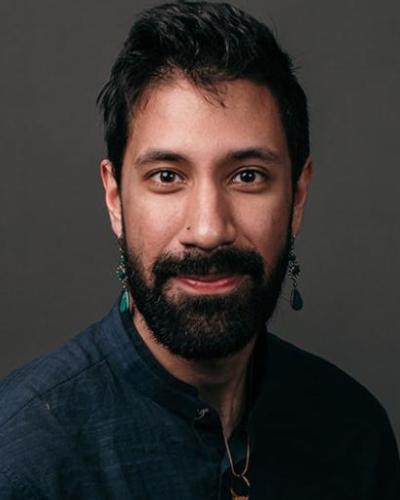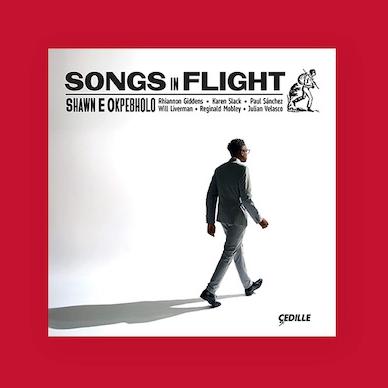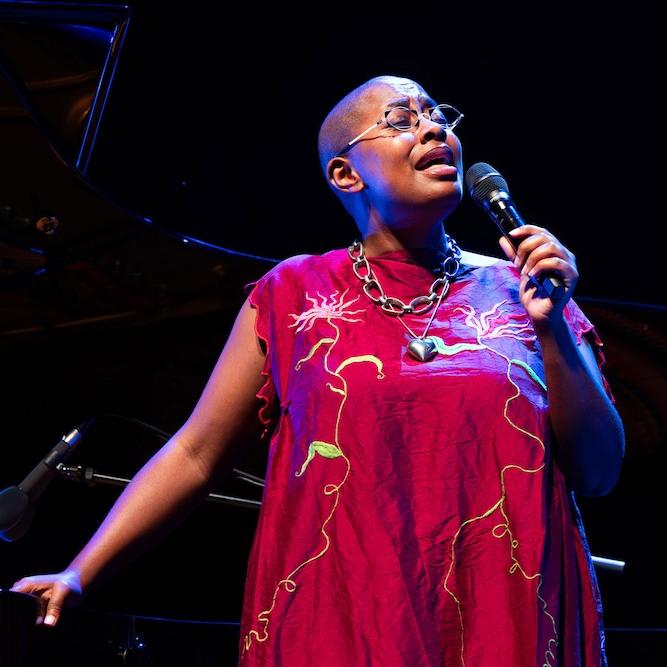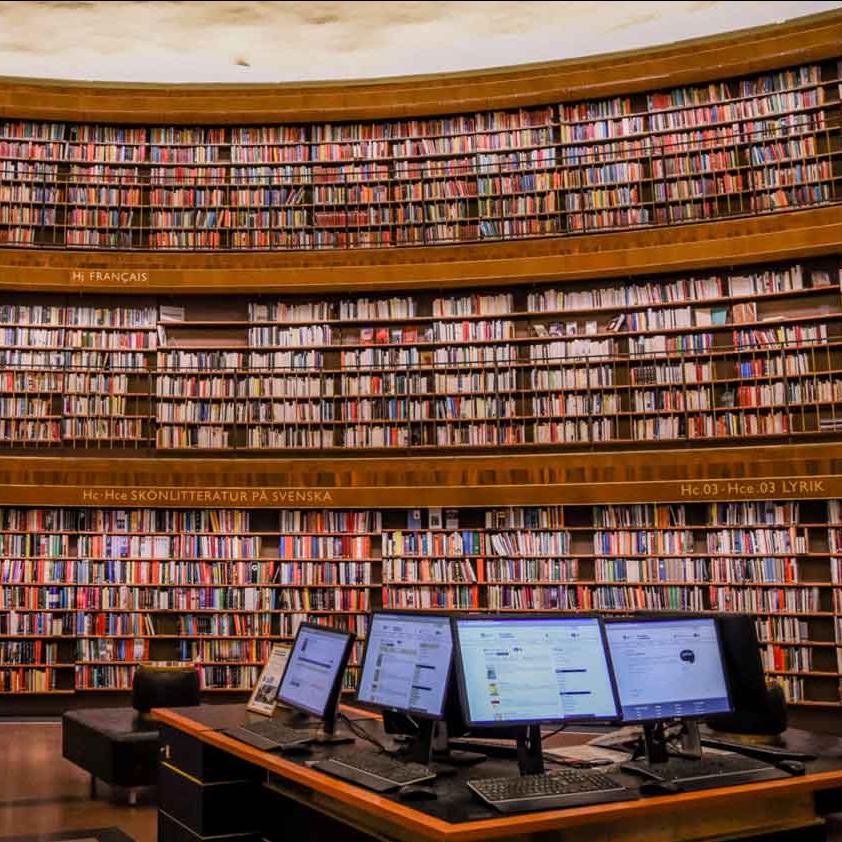
 Department Homepage
The College of Arts & Sciences
Department Homepage
The College of Arts & Sciences
'Radical collaboration' through machine learning
An Ithaca-Cornell Tech partnership explores machine learning possibilities using visual recognition, crossing the humanities with technology.



